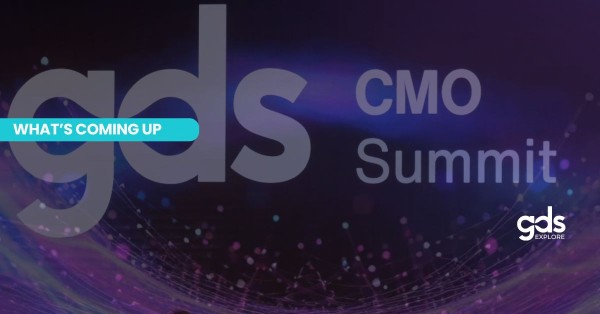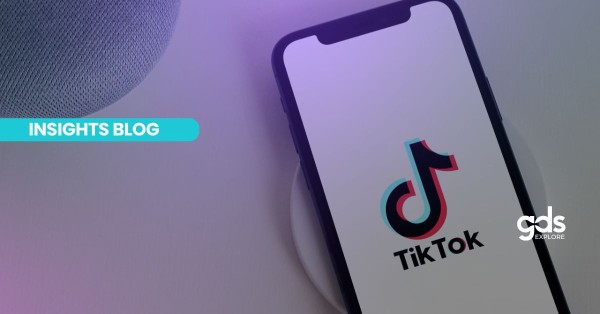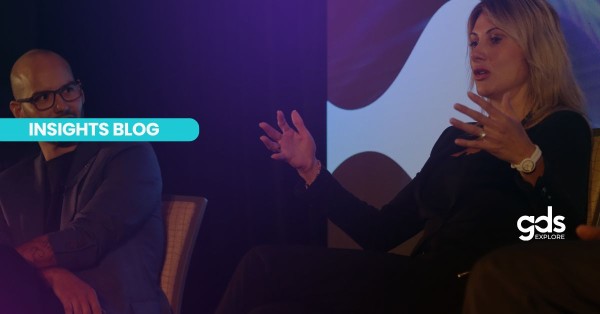In brief:
- Twitter rebranded to X on July 23rd
- Owner Elon Musk announced plans to convert the social media site into an all-encompassing ‘super app’
- The CEO wants to emulate the success of China’s WeChat, which allows users to post social updates, make payments, bank and more
- The rebrand has been met with a hostile response by some users and criticized by marketers
On July 23rd, Twitter became X. In what seemed like a blink of an eye and a click of a button, the familiar blue hue and iconic bird logo were replaced with an ominous black and white ‘X’. A brand built on trends, moments and memes – from Ellen’s Oscars selfie to ‘the dress’ – replaced in an instant. Oh, the irony.
In its place, we now have Elon Musk’s X. A change everyone knew was coming but no one really wanted. Just look at what’s happened in recent weeks. Users leaving, competitors releasing their own versions (insert Threads here) and Twitter’s brand value has plummeted. The vision, according to newly-appointed Chief Executive Officer Linda Yaccarino, is for X to become a trusted site for audio, video, messaging, payments and banking.
But after what appeared to be an incredibly disjointed rebrand execution, X has a long way to go. In this article, GDS Group Presenter and Content Creator Alex Wood reflects on Musk’s takeover, Twitter’s legacy and what marketers can learn from the arrival of X.
Twttr, Larry Bird and the value of brand recognition
To marketing professionals, a brand is a product or a business that has a distinct identity in the perception of consumers. The brand itself is created through elements of design, packaging, and advertising that, as a whole, combine to distinguish the product from its competitors.
Twitter was launched back in 2006 by San Francisco-based podcasting company Odeo. It was initially called Twttr and was intended to support the company’s main podcasting platform but exploded in popularity thanks to its emphasis on quick, short-form, text-based content.
Within six months of going public, Twttr became Twitter. Its founders imposed a 140-character limit for messages, which was based on the maximum length of text messages at the time (though this was later expanded to 280 characters.)
By 2012, more than 100 million users produced 340 million tweets a day, and the service handled an average of 1.6 billion search queries per day. In 2013, it was one of the ten most-visited websites and by the start of 2019, Twitter had more than 330 million monthly active users.
It recorded this growth despite undergoing a number of redesigns – from logo tweaks to interface revamps. But there always remained a certain familiarity. For example, words associated with the platform i.e. ‘tweeting’, ‘retweeting’ and ‘mentions’ transitioned into everyday vocabulary (and the Oxford Dictionary), the famous logo – named Larry in honour of NBA great Larry Bird – was an ever-constant and bird decals adorned business websites worldwide. It transformed global communication and changed the way high-profile figures, institutions and companies interact with followers publicly.
Put simply, Twitter was one of the most recognizable social media brands in the world. Users knew what the platform was and – crucially – how it differentiated itself from other social media apps like Facebook, Instagram and Snapchat. In a space as cluttered, crowded and controversial as social media, having a clearly defined and recognizable brand is incredibly powerful and valuable.
In fact, according to consulting firm Brand Finance, Twitter’s brand value is estimated at about $4 billion. For context, the same firm values Facebook at $59 billion and Instagram at $47.4 billion. Twitter’s brand value is down by more than 30% and has been linked to Musk’s short tenure as CEO, during which time he has introduced a raft of changes – including the recent rebrand to X.
Richard Haigh, who is the Managing Director of Brand Finance explained, “the acquisition and privatization of Twitter presented a strong and interesting investment case. However, the positive outcomes that some anticipated for the Twitter brand have not materialized.”
“Brand valuation considers intangible and tangible assets, and Musk has overlooked one of brands’ most important resources: people. Twitter needs to address issues surrounding its reputation and brand equity to return to brand value growth,” Haigh shared.
Interestingly, Google, TikTok and Facebook were crowned 2023’s top-three most valuable media brands. LinkedIn was named the fastest-growing, up 49%.
Mistakes made and lessons learned
Twitter’s rebrand has induced much head-scratching among leading marketers and agencies. But even if you can overlook the hasty launch and overwhelmingly negative response, the rebranding itself should give marketers pause and cause to examine their own brands.
Firstly, as the perception of Twitter’s brand has changed, advertisers have fled, consumer sentiment has nosedived, and user traffic is down. There is legitimate concern regarding Musk’s own personal brand, the courting of controversy and general confusion about what X really is. The key question for users is this: how does it differ from its well-established predecessor? No material changes to the product have been made following the rebrand. In fact, the platform’s functionality and aesthetics are practically identical to what they were before.
As for the future of X, Musk has stated he wants to transform it into an “everything app” – a single platform capable of serving all of a user’s digital needs, from connecting with friends to managing finances. This is very similar to China’s WeChat app, which claims to have more than a billion users.
“Twitter was acquired by X Corp both to ensure freedom of speech and as an accelerant for X, the everything app,” Musk declared in a post on X on July 24.
“The Twitter name made sense when it was just 140-character messages going back and forth – like birds tweeting – but now you can post almost anything, including several hours of video. In the months to come, we will add comprehensive communications and the ability to conduct your entire financial world.”
of marketers say brand authenticity is essential for their organizations in separating them from their competitors (source: CMO Summit, GDS Group)
of consumers form their loyalty to brands based on shared values (source: Harvard Business Review)
However, building banking and payments into X will require customer trust — something the app appears to be in short supply of at present. Let’s be clear – Twitter wasn’t perfect, but its purpose was defined. X, meanwhile, feels like a very sudden (and somewhat unwanted) jump into unchartered, unfamiliar and undefined waters. Musk says X marks the birth of a new super-app but, for everyone else, it feels more like the death of something we once loved. GDS Summits are tailored 3-day virtual event conferences that bring together business leaders and solution providers to accelerate sales cycles, industry conversations and outcomes. Regarding the CMO Digital Summit 75% of Delegates said the Digital Summit provided them with actionable outcomes to support their current initiatives.
For more, click here to hear from attendees on how GDS has helped them to achieve their business outcomes.
Continue the debate at GDS’ CMO Digital Innovation Summits where we bring together senior marketing executives who are actively seeking to share, learn, engage, and find the best solutions.











